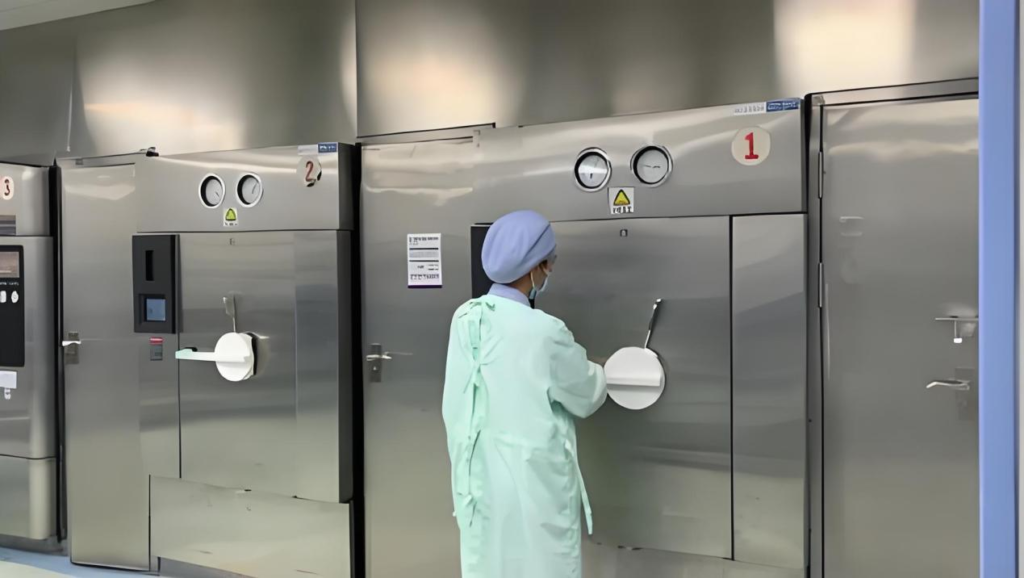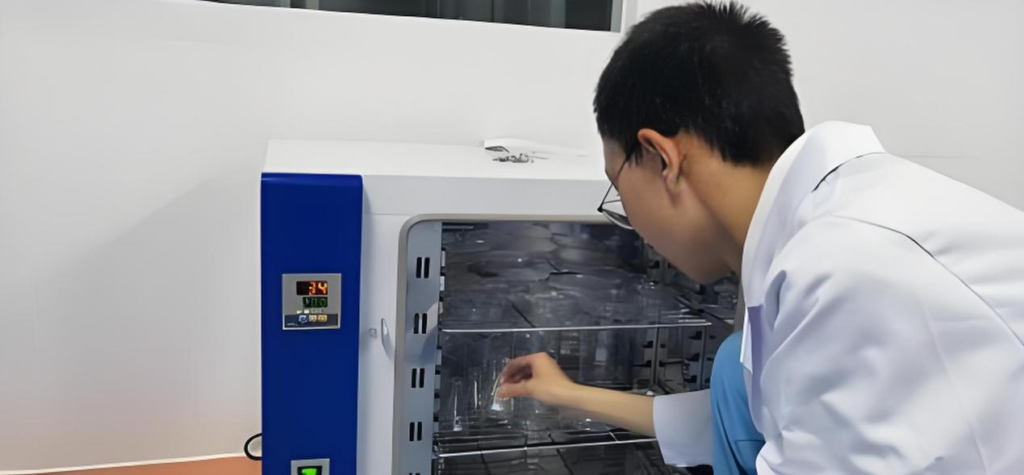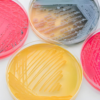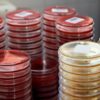

Sterilizing culture media is a fundamental step in microbiological research and laboratory work. Proper sterilization ensures that the media are free from contaminants, which is crucial for obtaining accurate and reliable results. In this blog post, we will provide a detailed guide on how to sterilize culture medium, including various methods, best practices, and trending search terms related to sterilization in microbiology.
Why Sterilization of Culture Medium is Essential
Sterilization is the process of eliminating all forms of microbial life, including bacteria, fungi, viruses, and spores, from a substance. For culture media, this step is critical because any contamination can lead to inaccurate experimental results, affect the growth of target microorganisms, and even compromise the entire study.
Common Methods for Sterilizing Culture Medium
- Autoclaving
Autoclaving is the most widely used method for sterilizing culture media. It involves using a high-pressure steam sterilizer to heat the medium to 121°C (250°F) for a specific period, typically 15-20 minutes. This method effectively kills bacteria, fungi, and spores.
- Procedure: Pour the prepared culture medium into sterile containers, place them in the autoclave, and set the temperature and time according to the medium’s requirements.
- Advantages: Reliable, effective for most culture media, and destroys all microbial life.
- Applications: General sterilization of liquid and solid media, glassware, and instruments.
Trending Keywords: Autoclave sterilization, steam sterilization, autoclave settings, culture medium autoclaving.

- Filtration
Filtration is an alternative method used for sterilizing heat-sensitive culture media. This process involves passing the medium through a filter with a pore size small enough to remove microorganisms (typically 0.22 micrometers).
- Procedure: Use a sterile filter unit or membrane filter to filter the medium into a sterile container. Ensure that the filter is appropriate for the type of medium being used.
- Advantages: Ideal for heat-sensitive solutions; prevents degradation of heat-labile components.
- Applications: Sterilization of antibiotic solutions, vitamins, and certain culture media.
Trending Keywords: Membrane filtration, sterile filtration, filter sterilization, heat-sensitive culture media.
- Dry Heat Sterilization
Dry heat sterilization involves exposing culture media to high temperatures in an oven. This method is typically used for sterilizing glassware and metal tools rather than liquid media.
- Procedure: Place items in a dry heat oven and set the temperature to 160-180°C (320-356°F) for a period of 1-2 hours.
- Advantages: Effective for items that can withstand high temperatures; avoids moisture.
- Applications: Sterilization of glassware, metal instruments, and powders.
Trending Keywords: Dry heat sterilizer, hot air oven sterilization, dry heat method, sterilization of glassware.

- Chemical Sterilization
Chemical sterilization involves using chemical agents to kill microorganisms. This method is less common for liquid culture media but may be used for surfaces and equipment.
- Procedure: Use disinfectants like ethylene oxide, formaldehyde, or hydrogen peroxide in a controlled environment to sterilize equipment or surfaces.
- Advantages: Useful for items sensitive to heat; can be used for large-scale sterilization.
- Applications: Sterilizing equipment, surfaces, and certain laboratory tools.
Trending Keywords: Chemical sterilization methods, ethylene oxide sterilization, formaldehyde sterilization, hydrogen peroxide disinfection.
Best Practices for Sterilizing Culture Medium
- Preparation: Ensure that all glassware, containers, and utensils are clean before sterilization.
- Storage: Store sterilized media in sterile, sealed containers to prevent contamination.
- Handling: Use aseptic techniques when handling sterile media to avoid introducing contaminants.
- Monitoring: Regularly calibrate and maintain autoclaves and other sterilization equipment to ensure efficacy.

Conclusion
Sterilizing culture media is a critical step in microbiological research and laboratory practice. Whether you use autoclaving, filtration, dry heat, or chemical sterilization, understanding the appropriate methods and best practices ensures the reliability and accuracy of your experiments. By following these guidelines and incorporating trending search terms, you can stay updated with the latest techniques and achieve successful results in your microbiological studies.
Recent Posts
- Maximizing Microbial Culture Success with High-Quality Media
- Advantages of Ready-to-Use Petri Dishes in Microbial Testing
- Top Benefits of Using Ready-to-Use Petri Dishes in Microbial Testing
- Plant Tissue Culture Media: Engineering Growth and Genetic Breakthroughs
- Chromogenic Media: Transforming Food Safety Testing Through Precision Detection



